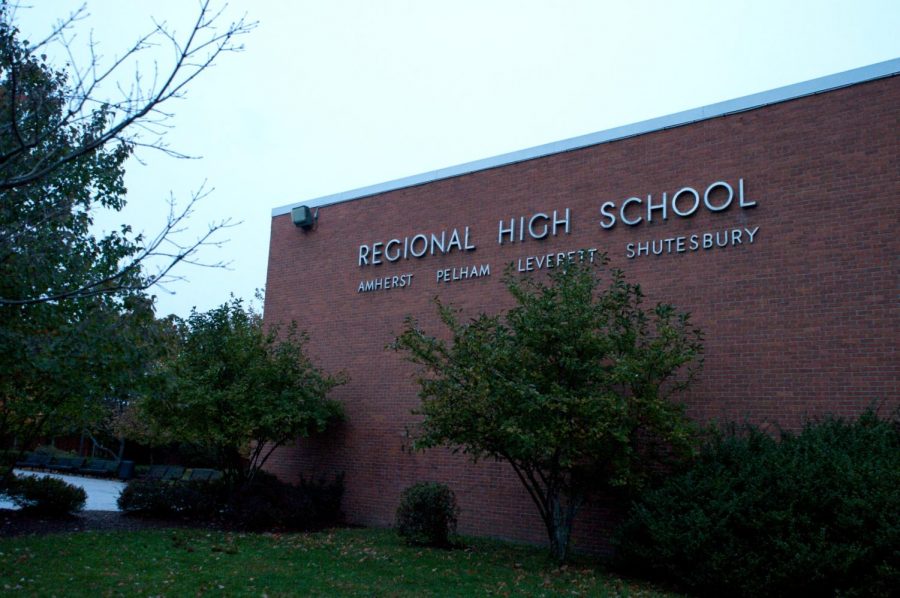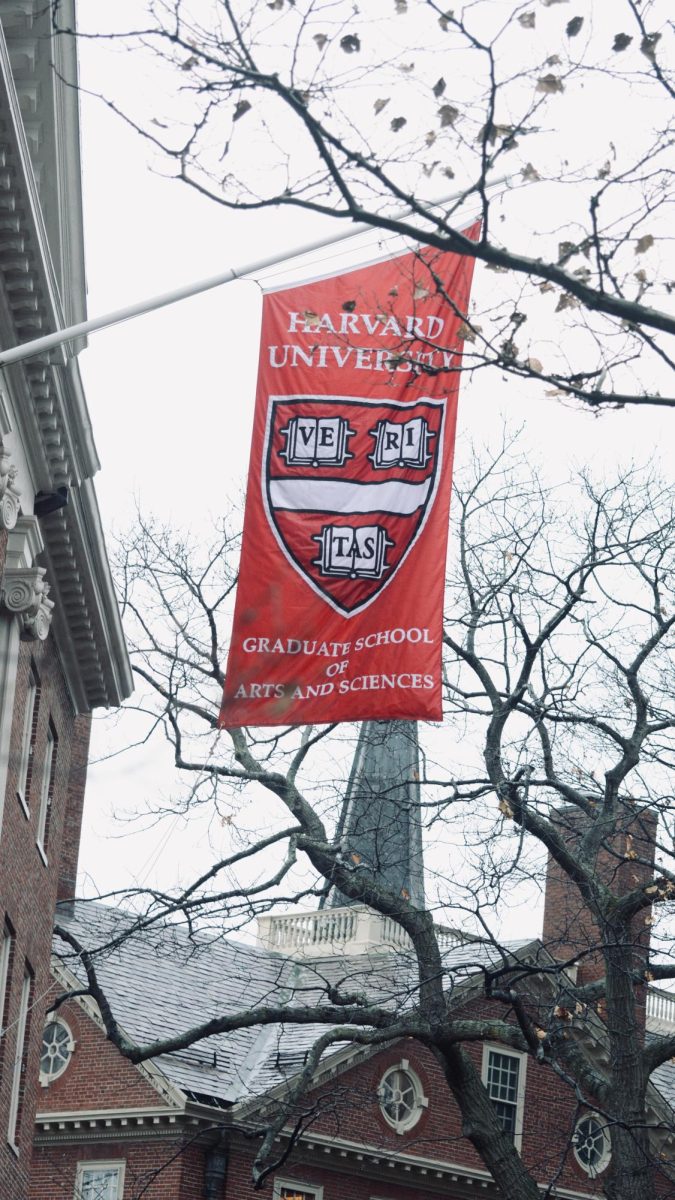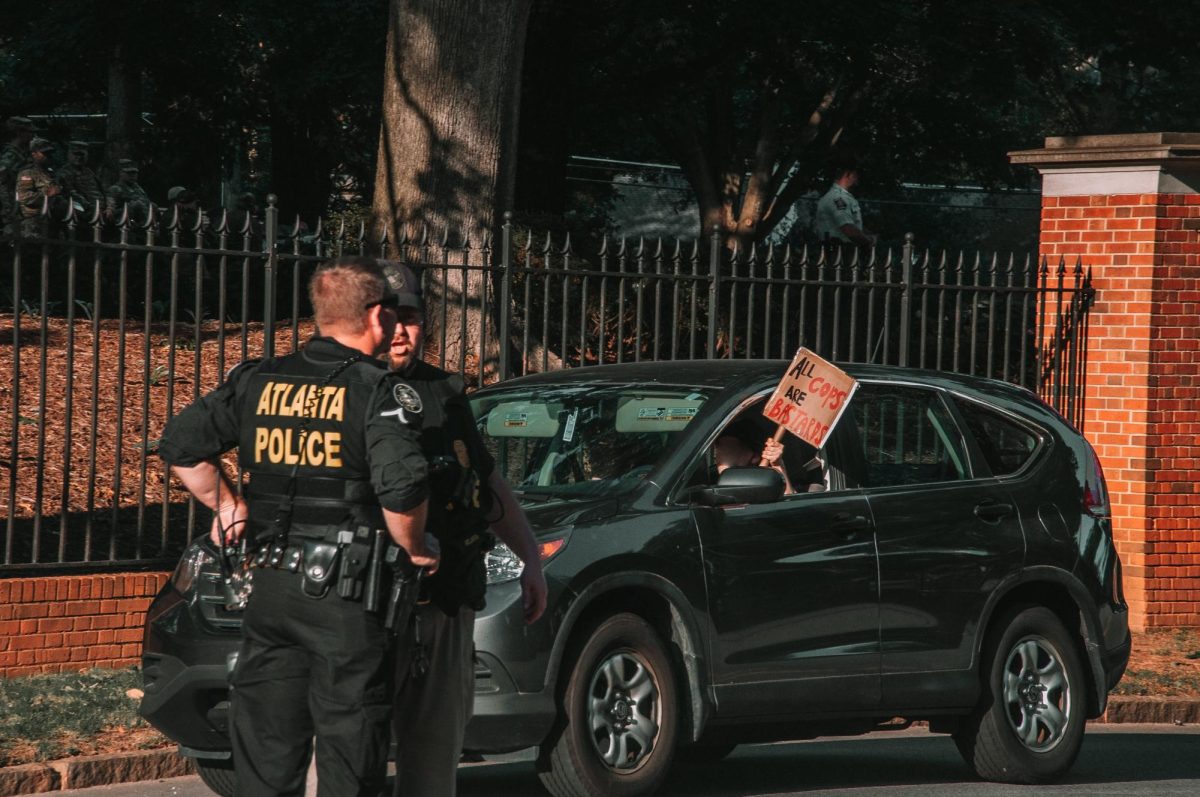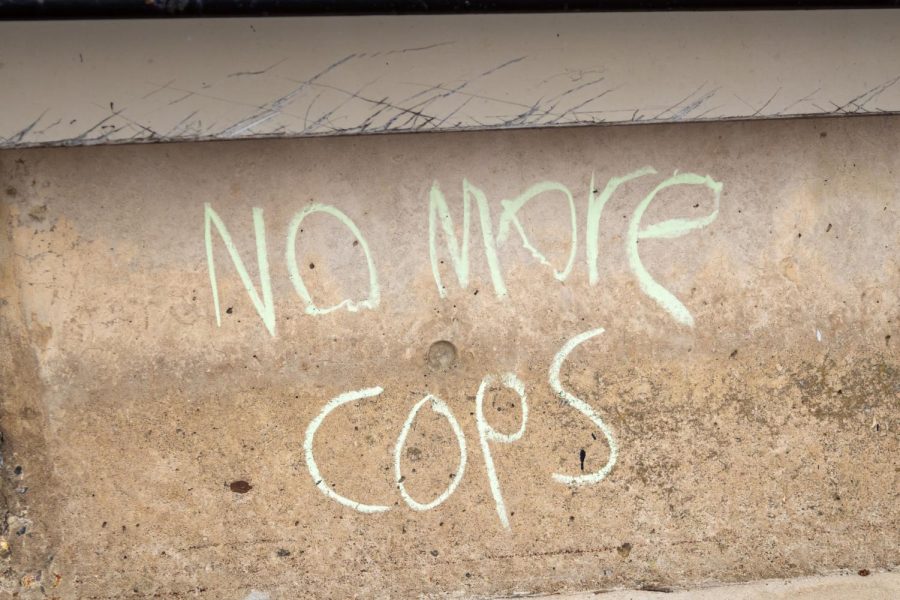As we try to shape a better future for ourselves and the next generation, education remains key in our goals to create a more informed populace. However, our current system leaves much to be desired, as swaths of children continue to fall through the cracks. If we are to build an educational system which is inclusive instead of exclusive, diversification is necessary.
In 1983, Dr. Howard Gardner pioneered the multiple intelligences theory ,which stated that traditional ideas of intelligence were far too limited. He came up with eight different types of intelligence, from linguistic and interpersonal to logical-mathematical and spatial.
Students who might have been thought of as intellectually or academically challenged 50 years ago are beginning to be viewed in a different light. The educational approaches used in the classroom are just as important as the material itself. Rote memorization might work for some, but there will inevitably be others who fall behind. By implementing a variety of teaching strategies, more students will be able to engage with what they’re learning and demonstrate that on tests, papers and projects.
As Robin Williams profoundly stated in The Dead Poets Society, “Medicine, law, business, engineering, these are noble pursuits and necessary to sustain life. But poetry, beauty, romance, love, these are what we stay alive for.”
This quote speaks volumes about the importance of creativity in education. Modern-day education remains the incubator of future scientists, mathematicians and linguists. But what about the future poets, designers, therapists, artists and musicians? More often than not, students are encouraged to follow a cookie-cutter path, where conformity is rewarded and dissent in any form is punished.
The public school system can be harrowing for children of all types, as one learns to navigate standardized tests, homework and everyone’s favorite, the group project. But for children with mental, emotional or developmental disabilities, school can represent a place of fear, failure and frustration as opposed to learning and growing. As someone with autism and other disabilities, I distinctly remember my heart palpitating rapidly nearly every time I stepped into the classroom, up until high school. I was socially awkward and practically unable to pay attention for more than a few minutes. Kids like me are often mislabeled as problem children by the school, which only sets them up for failure. Detentions and suspensions are punctuated by failing grades and papers filled to the brim with red correction marks. The children and teens who need the most help are often relegated to the margins of the educational world, placed in alternative classes or removed from school altogether.
One way we can begin to repair our broken system is by first examining how we discipline students. In the past decade, many people have talked about the “school-to-prison pipeline.” When we suspend students, we are taking them out of an environment in which they can learn. Educational deprivation should never be used as a form of punishment. It is neither corrective nor effective. Furthermore, the rate of suspensions and what students are being suspended for provide a unique insight into the troubling racial disparities found at schools throughout the country. According to the 2017 Brown Center Report on Race and Education, the state of California appears to be following national trends highlighted in 2014 by the U.S. Department of Education’s Office for Civil Rights. The statistics show that Black students are suspended at a rate five times that of white students and four times that of Hispanic students. Additionally, this was roughly four times the state average. A recent study by the Journal of School Violence showed not only that suspensions were handed out for minor offenses, but also that they actually exacerbated problem behavior instead of stemming it.
Another glaring flaw in primary education and one that hasn’t seen nearly enough reform or change is standardized testing. A simple regurgitation of material is simply not a sufficient way for students to demonstrate their comprehension on a specific subject. An opinion article in the Sonoma State Star by Alexandra Daniels calls it “outdated” and “inaccurate.” The article also mentions a study from the National Center for Open and Fair Testing, who believe standardized testing doesn’t measure deep thinking or creativity. The timed aspect of a test also contributes to the phenomenon of test anxiety, in which a combination of physiological and emotional symptoms and stressors result in decreased test performance.
Many believe that education is the key to combating poverty and violence, and I would be inclined to agree. But as we shape the future generation of doctors, lawyers, artists, designers, writers and politicians, we must pay special attention not just to what we are teaching them, but how we reach them. An educational system that only works for some students at the expense of others sets a bad example. One-size-fits-all may work well with clothing or jewelry, but when it comes to education, diversity cannot be sacrificed.
Drew Sullivan is a Collegian correspondent and can be reached at [email protected].




















Adam • Apr 20, 2019 at 2:30 am
Great article Drew! I can relate to the ‘test anxiety’ on a personal level. I’m a very practical person and I learn/perform best through seeing and doing rather than listening and repeating. Walking in to a test hall made all of my revision and hours staring at textbooks just go out the window. I hope our school systems do take a different approach in the future, it may have teething problems at first but the world is changing and there’s no reason to keep our education system exactly the same to suit those who flourish in it and punish those who do not. Good job!
sew • Apr 16, 2019 at 5:51 pm
As someone who fits into that “future mathematician, engineer, doctor” you described, I couldn’t agree with you more! Just because some people are able to thrive under the current academic standards, does not mean that it is the optimal solution (and if I can recognize that as someone who does thrive under these conditions, then you would think everyone could understand this). I have tutored many middle school, high school, and college students in math and physics, and I have seen first hand how learning to do a homework problem one way does not click with everyone, and there are always more ways to solve the problem and come to the correct answer! Maybe if we taught those alternatives we would have a more confident generation of students. It’s not about laziness vs. hard work, it’s about brains being wired differently and catering to the learning style of all students. Great article!
Drew Sullivan • Apr 16, 2019 at 5:16 pm
In response to “Amy”, my article was relatively apolitical, so the injection of politics into this only serves to obfuscate from the real issues I brought up. Let’s focus on fixing these instead of hyperpartisanship.
NITZAKHON • Apr 16, 2019 at 9:53 am
Might I strongly suggest that Mr. Sullivan read Dr. Thomas Sowell’s “The Vision of the Anointed: Self-Congratulation as a Basis for Social Policy” (https://amzn.to/2RpaJri)?
He would do well to learn from someone who grew up dirt poor, and became one of – IMHO of course – America’s wisest and most intellectual titans.
amy • Apr 16, 2019 at 1:24 am
Isn’t school in massachusetts very liberal and has been designed by liberals for decades?? SO you are really encouraging dismantling a liberal education program?
20 years from now liberals will have a new cult besides diversity and they’ll be encouraging what liberals did today be torn down.